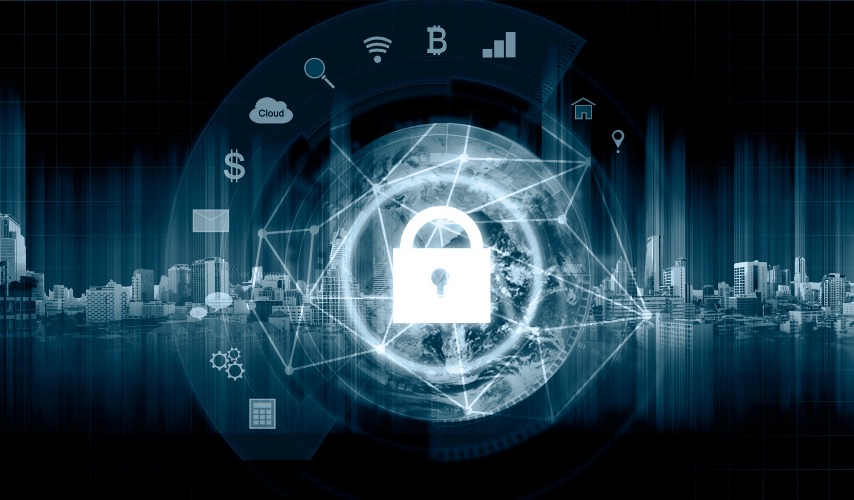Cybersecurity technology and service providers are coping up with the current needs by shifting priorities like business continuity, remote work, and planning for a transition to the next normal.
As employees suddenly found themselves in a work-from-home model, CISOs (Chief Information Security Officers) are making efforts to adjust by pivoting from working on routine tasks and toward long-term goals that help to build up secure connections for newly minted remote workforces.
Also Read:-
You may be wondering: how do I improve my order fulfillment process with so many steps? Companies use different metrics to determine just how efficient their fulfillment process is. One of these metrics you want to become familiar with is Perfect Order.
Since everything is accessible using the cloud, CISOs also initiated steps to prevent new network threats that target remote workers and the business-facing operations/service applications.
Cybersecurity experts predict that in the year 2021, cyberattacks are going to occur in every 11 seconds; this is nearly twice what was in the year 2019 (every 19 seconds), and four times more than five years ago (every 40 seconds in 2016). It is expected that cybercrime will cost the worldwide economy around $6.2 trillion annually, which makes it the third-largest economy in the world, right behind of United States & China.
Opting for a Zero Trust Network Security
With the transition to cloud hosting services, business operations have been easier but harder to secure. Cloud services allow you to host necessary tools to networks anywhere in the world. The major question is, how you connect is the key importance in ensuring security, compliance, and legitimate access.
Regardless of you’re connection to a public, private cloud, or just your datacenter; usually, the first instinct is to set up a VPN, but VPNs are not enough to protect businesses from cyber-attacks. Though VPNs are commonly used, the best way to stay protected is by VPN Alternative Solutions like Zero Trust. Zero Trust follows “Always Verify Never Trust” protocol, the zero trust security model grants access to cloud apps, data etc. only after verifying the source of the connection, unlike VPN which has a very limited security system checking and not often dependable.
Zero Trust Security Model allows organizations to:
- Use multi-factor authentication to ensure browsers, phones and computers are up to date even if it’s personal or company-owned device.
- Grant permission to only those digital assets that are required using Privilege-based Access Management.
- Ensure all security policy controls are in effect before the data is accessed.
- Create isolated ‘secure zones’ using Microsegmentation in data centers as well as in cloud deployments.
- Securing all end-points, in a Zero Trust approach, security policies can be applied on any devices; be it company-owned or personally-owned claimed through bring your own device (BYOD).
- Whether the device is completely managed by IT or only the apps and data are secured. The policies enabled using zero trust architecture apply to all endpoints, be it PC, Mac, smartphone, tablet, wearable, or IoT device connected from any location regardless of a corporate network, home broadband, or public internet.
Need for securing business digital assets
Zero Trust Network security policies are enforced centrally through the cloud and cover endpoint security, device configuration, app protection, device compliance and risk posture. Businesses can securely provision platforms as well as apps that run on devices with the required configuration and keep it up to date.
Zero Trust is an organization security model, in light of a severe personality confirmation measure. The structure directs that lone verified and approved clients and gadgets can get to applications and information. Simultaneously, it shields those applications and clients from cutting edge dangers on the Internet.
Cybercriminals are trying to misuse people’s trust by trying to promote misinformation and scam them out of their money or personal data. This, unavoidably converts cybersecurity issues for organizations as well, as company and customer data can be easily put at risk.
With the help of Zero Trust whitelist rules, businesses can ensure secure communication between systems; allowing only authorized applications and systems to communicate.
Cyber-threats still do exist inside as well as outside the security perimeter, Zero Trust security approach has become essential to keep business data protected no matter who tries to access it. Implementing Zero Trust enables businesses to avoid complexities and risks using a single security architecture.
Nobody knows for sure when the pandemic scenario will subside and things get back to normal. Though working from home has many benefits (such as increased productivity, lower costs, etc.) cybersecurity isn’t one of them. Organizations must focus on the previously mentioned two pillars of cybersecurity to try and ensure that the company-wide transition to work from home won’t bring any chances of data theft or cyber threats to the business.
Network Trust and Malware
IT needs to guarantee that clients and gadgets can securely interface with the Internet, paying little heed to where they are associating from, without the intricacy related with inheritance draws near. Also, IT needs to proactively distinguish, block, and relieve focused on dangers, for example, malware, ransomware, phishing, DNS information exfiltration, and progressed zero-day assaults for clients. Zero Trust security can improve your security pose while diminishing danger of malware.




